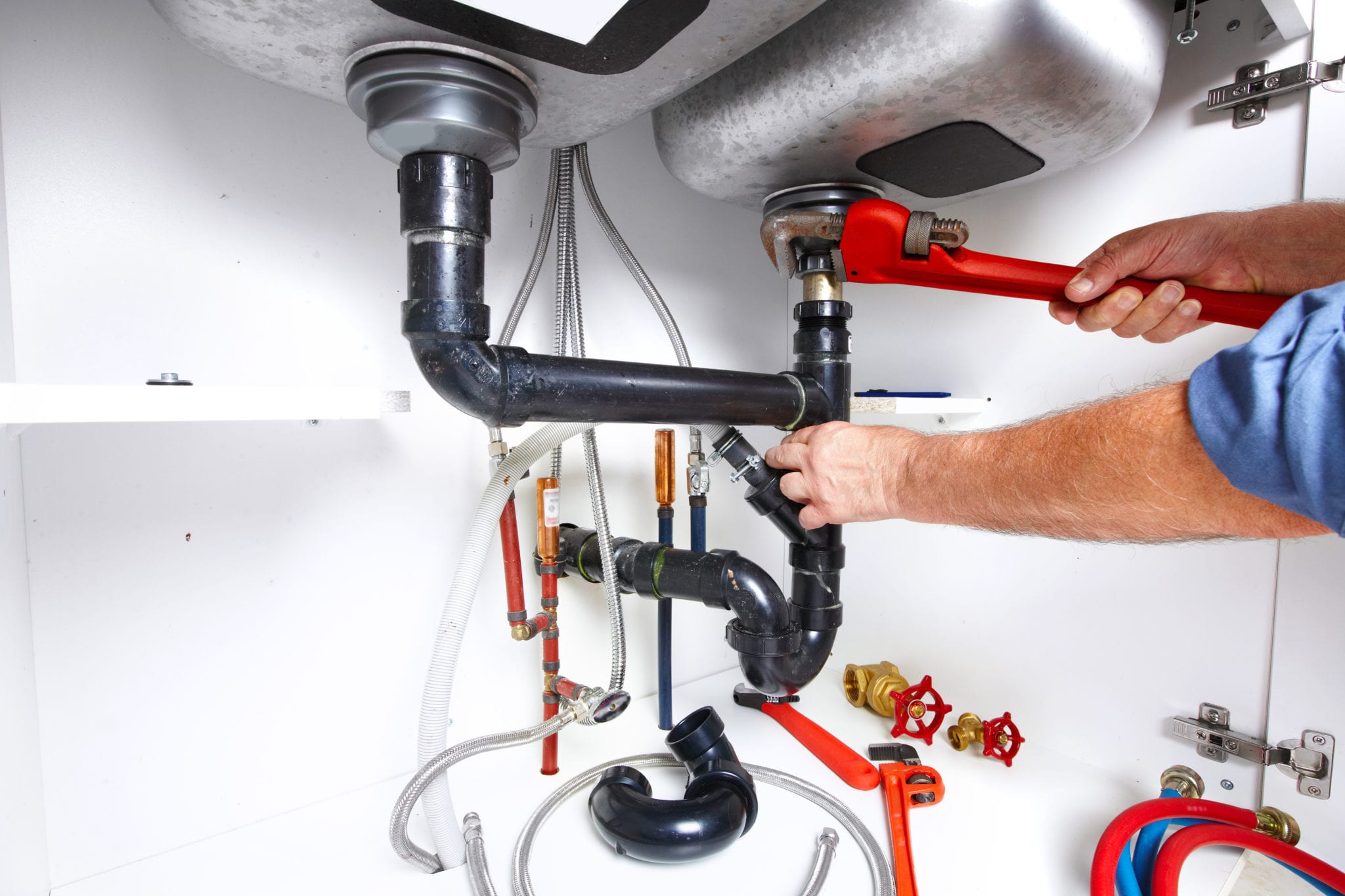How to Check If Your House Has a Hidden Leak
How to Check If Your House Has a Hidden Leak
Blog Article
The content listed below on the subject of Leaking water lines is exceedingly fascinating. Don't skip it.

Early discovery of leaking water lines can reduce a possible disaster. Some little water leakages might not be noticeable.
1. Take A Look At the Water Meter
Every house has a water meter. Checking it is a proven manner in which aids you find leakages. For starters, turn off all the water sources. Guarantee no person will certainly purge, use the tap, shower, run the cleaning equipment or dish washer. From there, go to the meter and also watch if it will change. Because no person is using it, there should be no movements. If it moves, that indicates a fast-moving leakage. If you discover no changes, wait an hour or two and check back once more. This means you might have a sluggish leak that can also be underground.
2. Inspect Water Consumption
If you detect abrupt changes, regardless of your consumption being the exact same, it means that you have leakages in your plumbing system. An abrupt spike in your bill indicates a fast-moving leak.
A constant boost every month, also with the exact same behaviors, shows you have a sluggish leakage that's additionally slowly intensifying. Call a plumber to completely examine your home, specifically if you feel a warm location on your flooring with piping below.
3. Do a Food Coloring Test
When it involves water intake, 30% originates from toilets. Test to see if they are running correctly. Decline flecks of food color in the tank and also wait 10 mins. There's a leakage in between the container and bowl if the color somehow infiltrates your dish throughout that time without flushing.
4. Asses Outside Lines
Don't neglect to inspect your outside water lines as well. Test spigots by connecting a garden hose pipe. Needs to water permeate out of the connection, you have a loose rubber gasket. Change this and also make sure all links are tight. It will certainly aid get it professionally analyzed and maintained every year if you have actually obtained a sprinkler system. One tiny leak can waste tons of water and spike your water costs.
5. Evaluate and Assess the Scenario
Property owners should make it a behavior to examine under the sink counters and also inside closets for any type of bad odor or mold growth. These two warnings indicate a leakage so timely interest is called for. Doing routine evaluations, also bi-annually, can conserve you from a major issue.
Inspect for stainings and also weakening as the majority of home appliances and pipelines have a life expectancy. If you believe dripping water lines in your plumbing system, don't wait for it to escalate.
Early detection of leaking water lines can mitigate a possible calamity. Some little water leakages may not be noticeable. Inspecting it is a surefire way that helps you discover leakages. One little leakage can waste heaps of water as well as spike your water bill.
If you believe leaking water lines in your plumbing system, don't wait for it to intensify.
WARNING SIGNS OF WATER LEAKAGE BEHIND THE WALL
PERSISTENT MUSTY ODORS
As water slowly drips from a leaky pipe inside the wall, flooring and sheetrock stay damp and develop an odor similar to wet cardboard. It generates a musty smell that can help you find hidden leaks.
MOLD IN UNUSUAL AREAS
Mold usually grows in wet areas like kitchens, baths and laundry rooms. If you spot the stuff on walls or baseboards in other rooms of the house, it’s a good indicator of undetected water leaks.
STAINS THAT GROW
When mold thrives around a leaky pipe, it sometimes takes hold on the inside surface of the affected wall. A growing stain on otherwise clean sheetrock is often your sign of a hidden plumbing problem.
PEELING OR BUBBLING WALLPAPER / PAINT
This clue is easy to miss in rooms that don’t get much use. When you see wallpaper separating along seams or paint bubbling or flaking off the wall, blame sheetrock that stays wet because of an undetected leak.
BUCKLED CEILINGS AND STAINED FLOORS
If ceilings or floors in bathrooms, kitchens or laundry areas develop structural problems, don’t rule out constant damp inside the walls. Wet sheetrock can affect adjacent framing, flooring and ceilings.
https://www.servicemasterbyzaba.com/blog/how-to-detect-water-leakage-in-walls/

I came across that page about Top leak detection hacks while doing a lookup on the search engines. Are you aware of somebody else who is excited by Top leak detection hacks? Do not hesitate to promote it. We love reading our article about Top leak detection hacks.
Report this page